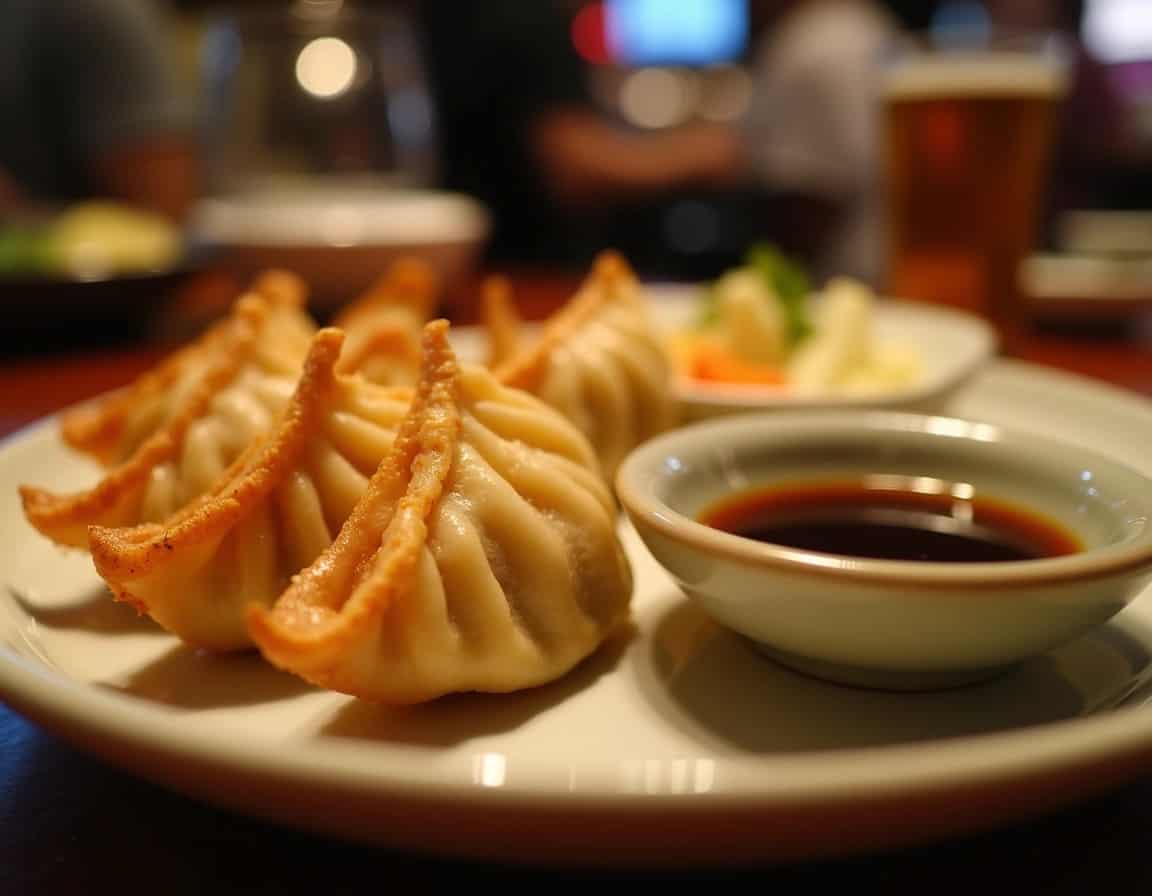
Gyoza
餃子
- Country
- Japan
- Region
- Not specified
- Recipes
- 0 Recipes
Dish information
Gyoza, the beloved pan-fried dumplings of Japan, hold a fascinating culinary history intertwined with their Chinese cousin, jiaozi. While jiaozi have been a staple in China for centuries, Japanese soldiers returning from Manchuria after World War II are largely credited with bringing the recipe and love for these dumplings back to Japan. They adapted the cooking method to suit local preferences, often pan-frying them to achieve a crispy bottom while steaming the top, giving birth to the distinct Japanese gyoza texture. The typical filling—minced pork, cabbage, chives, garlic, and ginger—is wrapped in thin wheat flour wrappers, which are often thinner and smaller than their Chinese counterparts. Gyoza quickly became a ubiquitous and affordable dish, found everywhere from specialized gyoza restaurants and ramen shops to izakayas and home kitchens. Their popularity lies in their satisfying combination of savory filling, delicate wrapper, and the delightful textural contrast of crispy and soft. They are typically served with a dipping sauce made from soy sauce, rice vinegar, and chili oil. Gyoza represents a successful culinary adaptation, transforming a foreign dish into a uniquely Japanese culinary icon, beloved for its comforting qualities and ability to bring people together over a shared plate.
Timeline
Jiaozi, the Chinese predecessor to Gyoza, are believed to have been invented during the Han Dynasty.
Japanese soldiers returning from WWII in Manchuria introduce jiaozi to Japan.
Japanese restaurants begin serving gyoza, adapting the recipe with pan-frying techniques.
Gyoza become widely popular in izakayas and ramen shops across Japan.
Related recipes
0 recipesWe'll add related recipes for this dish soon.